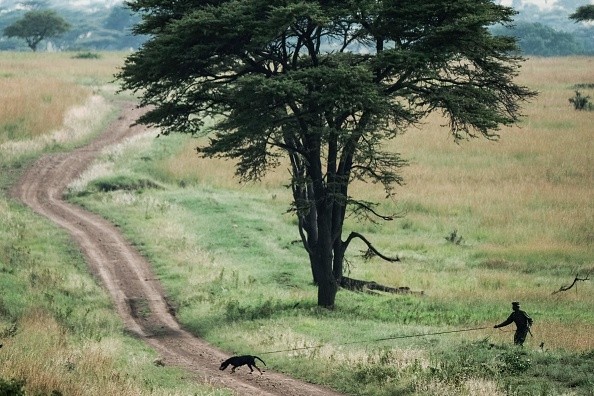A study revealed that dog feces and urine have some negative impacts on the local biodiversity, despite the known nutritional value of dog feces to the environment.

High Levels of Fertilization
From the estimated analysis done by the researchers from the University of Ghent, each year dog feces and urine add an average of 11kg of nitrogen and 5kg of a phosphorous per hectare to nature reserves near the Belgian city of Ghent.
But these nutritional values are said to have damaging effects on the ecosystem and biodiversity functioning. These feces, according to research, negatively affect the rate of fertilization due to their nitrogen rates.
Lead author Pieter De Frenne from Ghent University said: "We were surprised by how high nutrient inputs from dogs could be. Atmospheric nitrogen inputs from agriculture, industry and traffic rightfully receive a lot of policy attention, but dogs are entirely neglected in this respect."
The researcher, therefore, encouraged farmers and land managers that sometimes depend on improving fertilization to place their dogs on leeches and remove dogs' excretion on their farmland, according to Phys.org.
Experimental Findings
Before these warnings came into place, an experiment was carried out to understand how harmful this excretion can be to the environment. For the experiment, researchers carried out an observation after recording the number of dogs in 4 different nature sceneries.
A scenario had dogs on leashes, another scenario had dogs without leeches while in another, the feces were removed from the environment.
From the observations after the experiment, the scenario where the dogs were on leeches had a large portion of reduced fertilization rate but a high level of fertilization in some concentrated areas around paths.
The scenario where the feces was removed, according to analysis had fertilization levels reduced by 56% for nitrogen and 97% for phosphorus.
As per Science Daily, there was a high reduction level on the phosphorous because the high level of phosphorous on fertilization level is accountable to the feces that was removed.

Effects of Increased Nutrient on Nature Reserves
During the experiment, the number of dogs observed from these reserves where counted 487 occasions over 18 months, this method was meant for recording the abundance of the dogs. And also to estimate the average volumes of urine and mass of feces, as well as estimates of nitrogen and phosphorus concentrations the nutrient dogs were adding to the environment.
"In many nature reserves, the management is specifically directed towards lowering soil nutrient levels to enhance plant and animal biodiversity. This can be done through methods like mowing and hay removal. Our findings suggest that the currently neglected inputs of dogs in nature reserves could delay restoration goals." according to Professor De Frenne.
The researchers have stated that more experiments are still yet to be done as this research is meant to cover more analysis and personal data of these dogs like their breed, weight, the number of possible feces and urine deposits.
But until this research is fully concluded, landowners or farmers especially those in lands with low nutrient ecosystems are advised to keep dogs on leashes and reduce dog walks at their nature reserves.
For more news, updates about nature reserves and similar topics don't forget to follow Nature World News!
© 2026 NatureWorldNews.com All rights reserved. Do not reproduce without permission.





